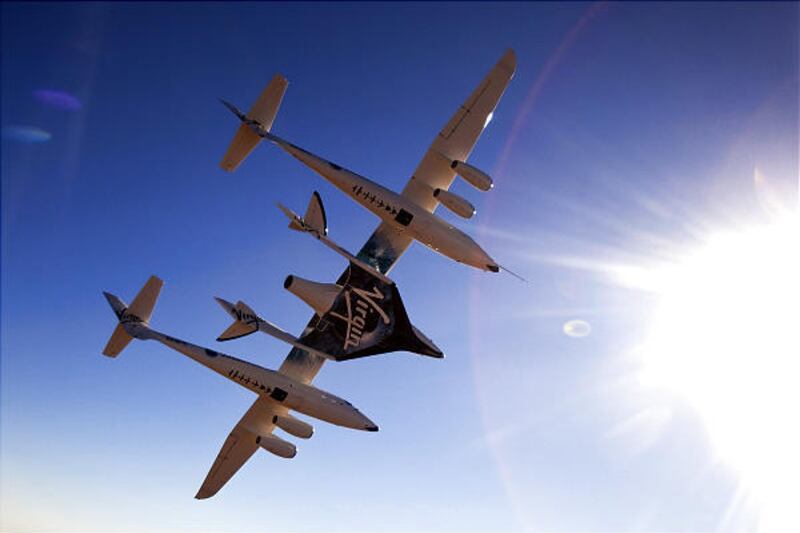The recent crash of an experimental Virgin Galactic suborbital spacecraft has some people speculating on the future of commercial passenger-carrying rockets. In truth, the human spirit of exploration isn’t likely to allow that dream to die, especially with the money involved.
The big questions, however, are whether the pioneers of these endeavors will learn from this accident and whether government can be prudent enough to avoid crippling regulations.
The co-pilot of SpaceShipTwo died when the craft disintegrated only seconds after it separated from the aircraft that had carried it 10 miles above the Earth. The pilot was able to parachute to earth but was seriously injured. Preliminary indications from the National Transportation Safety Board are that the co-pilot may have opened a tail-feathering system prematurely. The craft is designed to be piloted mostly by hand.
To consider the impact of this disaster, people ought to consider how aviation became the reliable transportation method it is today. The list of casualties in the early days of flight is long. But perhaps none was as jarring as the crash of TWA Flight 599, which left Kansas City, Missouri, on March 31, 1931, and crashed on the prairie, killing all eight people onboard.
Among the dead was football legend Knute Rockne, whose death stunned the nation and whose funeral at the University of Notre Dame was broadcast worldwide over radio.
The airplane was a wood-framed trimotor craft that apparently lost a wing in flight. As a result of the tragedy, airplane manufacturers began designing safer aircraft made of aluminum. Safer, more powerful engines were designed as well.
The government began requiring more frequent aircraft inspections, and the Department of Commerce reversed its policy of secrecy and began to make its accident investigations public. The result is something many take for granted today — independent public reports that cast specific blame for each air disaster. This allows the industry to make important adjustments that prevent further accidents.
Passenger air travel today is safe and reliable. There is no reason to believe passenger travel at suborbital — or even higher — altitudes cannot one day be just as safe, or that public confidence cannot be gained.
Virgin Galactic had hoped to begin passenger service perhaps in 2015. More than 700 people already have paid up to $250,000 for the ride. Now it appears this goal could take a bit longer, but it is significant to note that only a few of those paying passengers have canceled their tickets.
These are early adopters, much as Rockne was 83 years ago. Their willingness to go is important to the development of this new transportation mode.
Private businesses hold an important place in the future of space travel. The United States is among the few nations able to spawn such entrepreneurial endeavors. In the long run, their ability to ferry people through space may very well make further NASA explorations into deep space more likely. As has been shown over the past 50 years, such exploration leads to many important discoveries and innovations that enhance life on Earth.
No one can guarantee 100 percent that accidents won’t occur, even in commercial aviation. But accidents don’t doom progress, as long as pioneers are able to learn from them and create better products.

